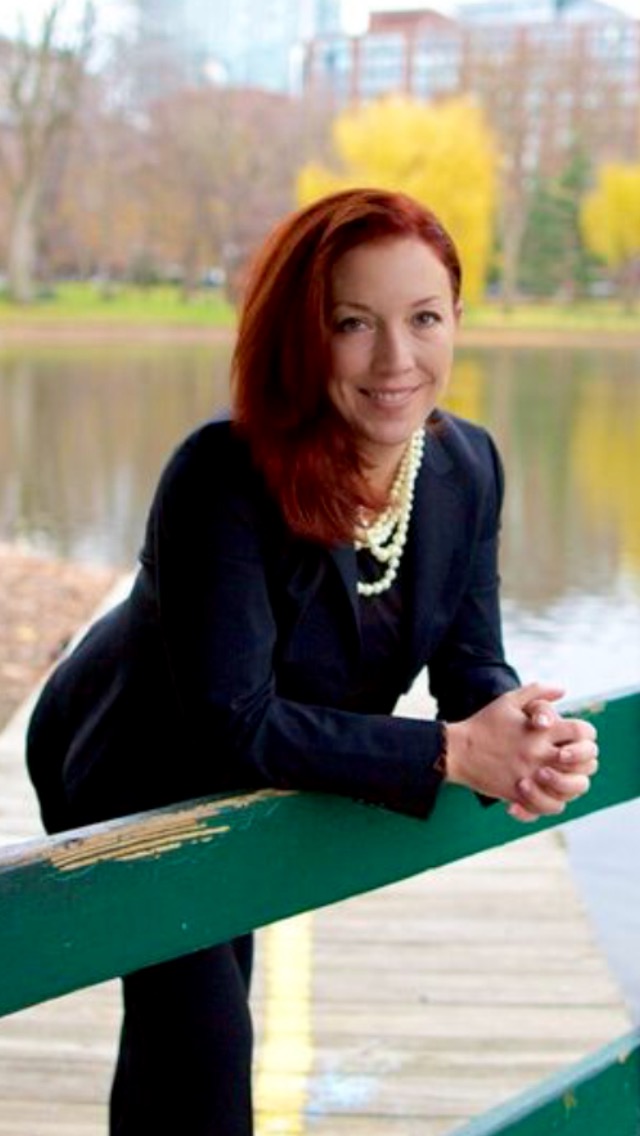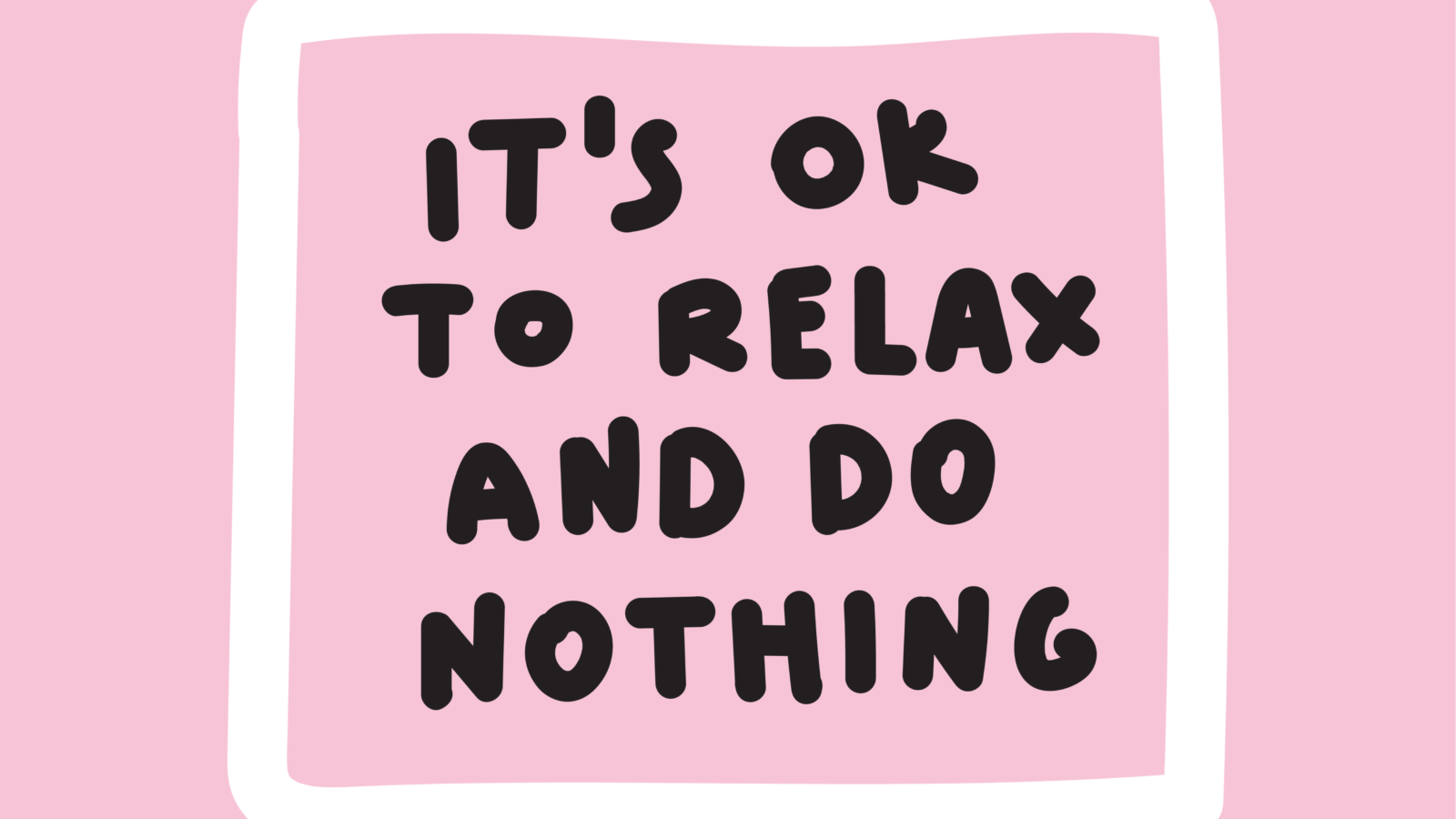I have a confession to make. I have become a doer. Since nearly a year ago when the pandemic lockdown started, I have found a way to fill my days out of a complete and utter fear of pandemic boredom. My activities have run the gamut. Fun and social, such as beach days (at a distance, naturally) to long walks with friends, to the productive when I spent hours learning to make bread and growing a great garden on my city rooftop garden, the altruistic when friends and I created a group to encourage support of Boston’s restaurants, and to soul crushing and heartbreaking when I cared for a friend, Steve, who tragically lost his battle with bone cancer in the fall.
Even when I turn on the television to binge watch something, it is usually with another activity happening like organizing a closet or reading through a stack of magazines. Some of my binge watching has created even more activity. When I watched The Marvelous Mrs. Maisel early in the lockdown, I promptly began a quest for creating the perfect brisket. It took five tries. Delicious, yes, yet hardly the point of curling up on the couch for a proper binge session.
When my friend Steve was nearing his end, he told me that I needed to slow down, that after all we had been through, I needed to rest. The day after he passed, I had a freak accident, shattering a finger. It resulted in a painful surgery, my hand immobilized for six weeks, and physical therapy. Did I take that as a sign that I should listen to him and chill out? Nope. I spent my recovery perfecting my ability to bake and decorate the perfect cupcake one-handed, walking the dog for over an hour a day, painting a closet, and preparing the remainder of the class I was teaching in the fall semester. Nobody ever said that I am a good listener. Steve told me to slow down. I sped up.
It does not take a therapist to realize that all my doing and going and Marie Kondo-ing was a defense mechanism. If I slowed down, I might get bored. If I was going 100 miles an hour, I did not have to face the loss of my dear friend. I could keep the fear of COVID at bay, and I could gloss over the persistent stress of the world. My constant state of activity was a wall that I put up to avoid dealing with loss and angst, and I made it my resolution this year to find a way to face it head on.
I kicked off the New Year with four sweet “nothing” days with my best friend Tracy. We went to Maine. The extent of our activities were walks on the beach with the dog, doing yoga, napping, and watching TV. It was exactly the mental reset that I needed.
When I returned to work mode on January 4th, I blocked time on my calendar for daily workouts, meditations and meals – not an “eat while working” situation. Instead, I am prepping my meals and eating without scrolling through my phone or answering emails or watching the news. I enjoy a few blissful minutes of…nothing. I’ve even treated myself to an entire day of doing nothing since the start of the year.
In American culture, being busy is too often a source of pride, a warped badge of honor. In other cultures, they value the joy of not doing anything. The Dutch call it niksen, the Japanese refer to it as nani mo shinai koto no miwaku, and in Spanish it is el arte no hacer nada. In her book Eat, Pray, Love, Elizabeth Gilbert wrote of the Italian view of this concept: “Il bel far niente means ‘the beauty of doing nothing’…[it]has always been a cherished Italian ideal. The beauty of doing nothing is the goal of all your work, the final accomplishment for which you are most highly congratulated. The more exquisitely and delightfully you can do nothing, the higher your life’s achievement.”
I think Steve knew what he was doing when he told me to slow down. Making time for the sweet art of doing nothing has left me feeling fulfilled, peaceful, and happy in a way that I never would have expected, and has given me the time and space to deal with what is going on in my head and heart.
Give yourself the gift of even a few moments of il bel far niente. You will be happy you did.


